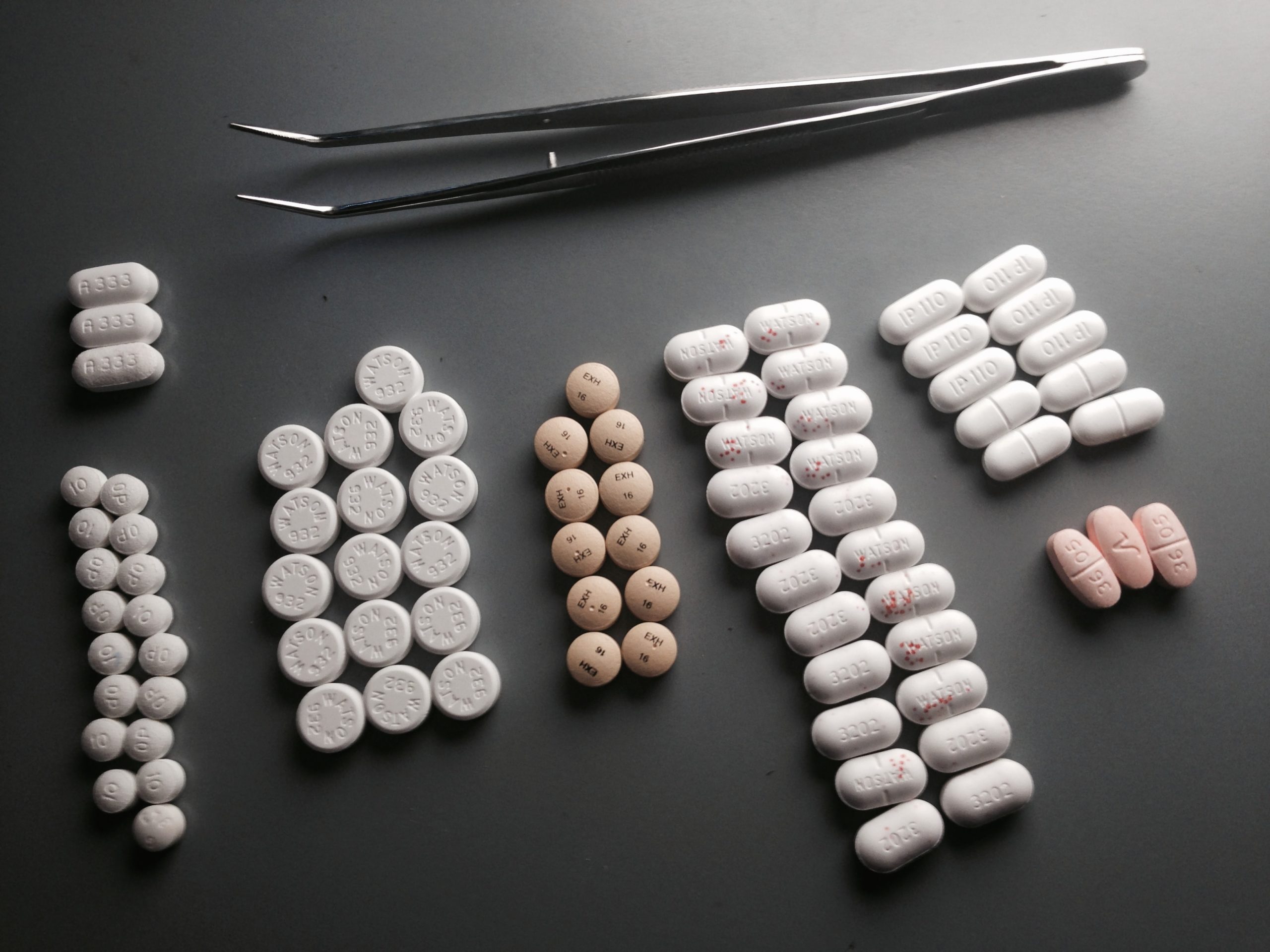2022 – rocky year for healthcare and biotech
The Hardman & Co Healthcare Index (HHI) has been running since 2009. Its main function is to highlight the attractions of life sciences investments over the long term. After two exceptional years, 2022 was a year of attrition. The HHI fell 24.1%, to 502.3, which was better than the fall for the FTSE AIM All-Share Index (-31.7%), but well below the outcomes for both the FTSE 100 (+0.9%) and FTSE All-Share
(-3.2%) indices. Only seven companies in our index saw share prices rise in 2022. Despite challenges in raising new capital from the market, 18 companies (34%) did achieve successful outcomes, with a further two closing in 1Q’23. A number of companies are running low on cash and will need more capital in order to get auditors to sign off their accounts – so 2023 looks as though it will be quite busy.
Specific comments on the top five and bottom five performers:

- Despite a setback in 2022, since inauguration in 2009, the CAGR for the HHI has been 13.4%, compared with 3.0% for the FTSE All-Share Index and 1.9% for the FTSE AIM All-Share Index, highlighting the attractiveness of the healthcare sector as a long-term investment, even though it is capital-intensive.
- Of the 53 companies included in the HHI, only seven recorded an increase in their share prices in 2022 and, with no companies simply marking time, the remaining 46 companies all recorded falls.
- The variance between the best- and worst-performing stocks was much lower than usual, at 141% – Indivior (INDV) rising 44% and Yourgene (YGEN) falling 97%, largely because any rises that were seen were quite limited; the median share price change was -36%.
- In relative terms, 19 stocks outperformed the index during 2022, with the other 34 underperforming.
- After two really good years, biotech and healthcare stocks had become overvalued in 2021-22, as evidenced by a marked reduction in M&A activity. Along with global markets in general, biotech and healthcare stocks were re-rated downwards. In addition, the trend towards greater risk-aversion in response to geopolitical events, higher inflation and higher interest rates, made it more difficult to raise capital as the year progressed.

